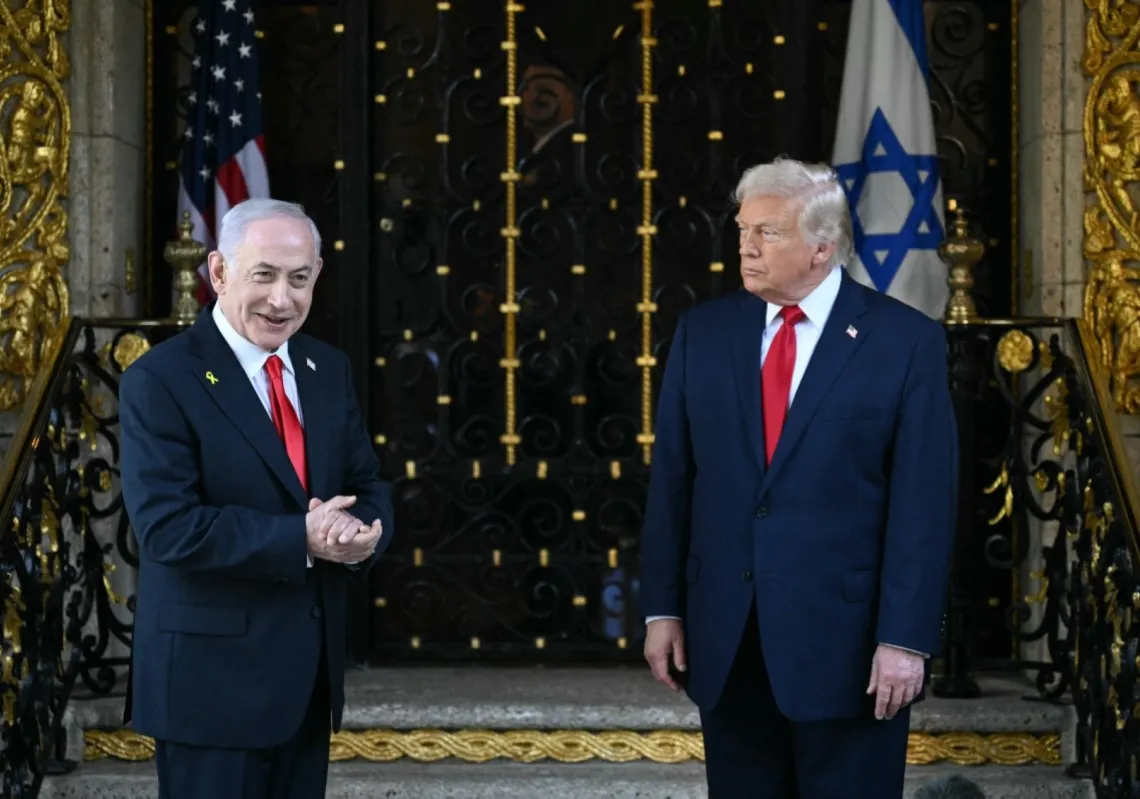Japan is undergoing a fundamental change internally and externally in its defence and security policy.
Its vision — for a Free and Open Indo-Pacific region, known as FOIP — was once largely shrugged off. It was seen as grandiose and a move for the country to punch above its weight when contrived by strategists around former Prime Minister Shinzo Abe and announced by him during his short-lived first tenure in the job between 2006 and 2007.
But now, times have changed. It is commonplace for international politicians and scholars to recognise the potential connectivity of the two vast seas of the Asia-Pacific and the Indian Ocean — envisioning a vast prosperous area stretching over East Asia and Europe.
This vision of the “Indo-Pacific” is no longer just a buzzword but a reality over which world powers compete for access and dominance. The United States — under both presidents Trump and Biden — joined forces with Japan and fully adopted the issue in their main strategic agenda during Abe’s second and longest administration from 2012-2020.

France, Germany, Holland and the EU as a whole also announced their Indo-Pacific strategy, joining the bandwagon started by initiatives that Japan and the US were jointly promoting.
The United Kingdom — after Brexit and amid its new “Global Britain” policy — surprised the world by secretly coordinating the AUKUS deal in 2021, in which UK and US firmly brought Australia into their camp by agreeing to provide the country with the precious technology and know-how for building nuclear submarines.
Japan’s post-World War II security policy has revolved around two documents: the pacifist constitution set up in 1946 and the US-Japan Security Treaty signed in 1951. The post-war constitution built a rigid pacifist framework for Japan’s defence and security policy for more than 70 years. The US-Japan Security Treaty gave Japan the crucial guarantee for its existence and sovereignty.
Japan’s pacifist past
Japan’s post-war constitution — drafted and promulgated under the strong guidance of occupying US forces — outlines in article 9 entitled "renunciation of war”: “Aspiring sincerely to an international peace based on justice and order, the Japanese people forever renounce war as a sovereign right of the nation and the threat or use of force as means of settling international disputes”.
This is a very strong statement of pacifism. It continues: “In order to accomplish the aim of the preceding paragraph, land, sea, and air forces, as well as other war potential, will never be maintained. The right of belligerency of the state will not be recognised”.
How can such a total renunciation of military power be implemented, maintaining the independence and sovereignty of a nation? How can Japan protect itself? There is no solution given in the constitution, except an almost self-sacrificing declaration of the will to believe in the goodwill of the international community. The preamble declares: “we have determined to preserve our security and existence, trusting in the justice and faith of the peace-loving peoples of the world”.
Japan’s post-war constitution, dictated by the occupying US, was effectively a sanction which intended to deter Japan’s re-militarisation and re-expansion on the imperialist agenda. Military equipment and armament of the Japanese Self Defence Forces have been strictly limited to the self-defence purpose and intended to only be effective inside Japanese territory.
The shackle of pacifism may have not been meant to survive for decades, but Japanese people accepted it and took it seriously, making it a cornerstone of its post-war polity.














